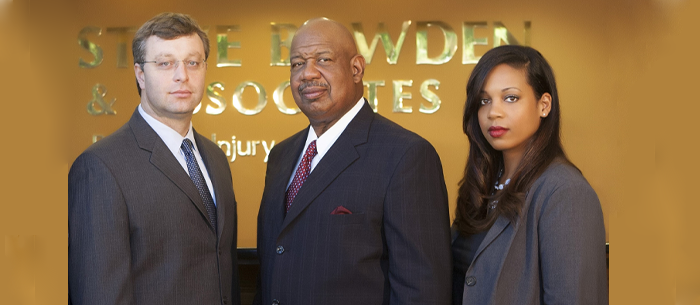Abuse of elderly citizens in settings where they are supposedly safe from harm is still a major health issue in North Carolina and the United States at large. Families of nursing home residents or elderly hospital patients often times overlook obvious signs of abuse or are unwilling to speak to anyone in authority if abuse is suspected. One of the most effective methods of spotting elder abuse is relying on the observations of physicians, nurses and other health care professionals who work in emergency rooms. Detecting signs of elder abuse by friends and family members can employ many of the same signs that are used by ER staff.
Elder abuse is defined as “intentional or negligent acts by a caregiver or any other person that cause harm or serious risk of harm to a vulnerable adult.” Experts in the field estimate that elder mistreatment will affect at least one in ten Americans in their later lives. Elder abuse can take many forms, including visible bruises and broken bones or psychological abuse and financial exploitation. Abuse typically affects people who are dependent upon others for most of their daily care. Two simple questions can often elicit description of abusive behavior by care givers. One such question is “Do you feel safe at home?” Another helpful question is “Has anyone close to you harmed you or failed to give you care that you need?”
Anyone who receives a positive answer to either question has two options. First, the situation should be called to the attention of the nursing home administration or hospital administration. Second, consultation with an attorney who is experienced in handling claims of elder abuse.
A lawyer who is knowledgeable about nursing home abuse can evaluate the evidence and collect useful information by interviewing hospital and nursing home staff members. If the facts warrant pursuing a claim for damages, an elder care attorney can provide a helpful estimate of the likelihood of recovering damages and stopping the abusive behavior.


